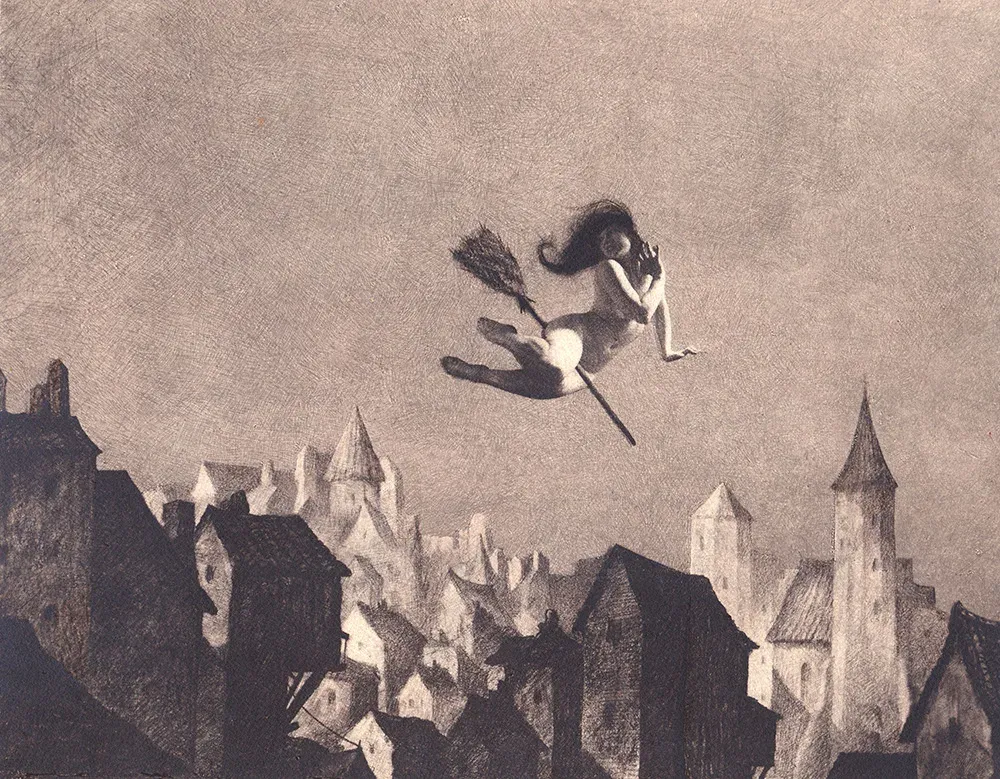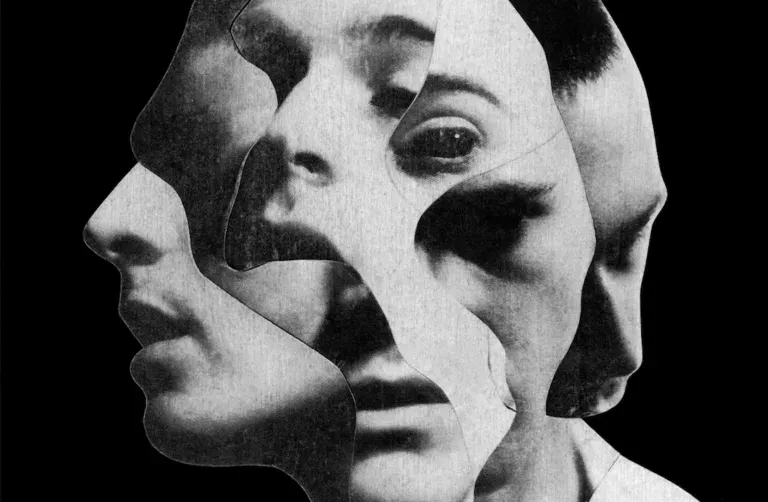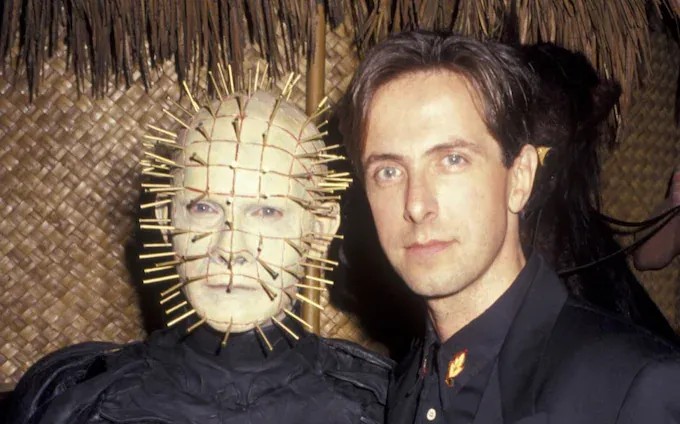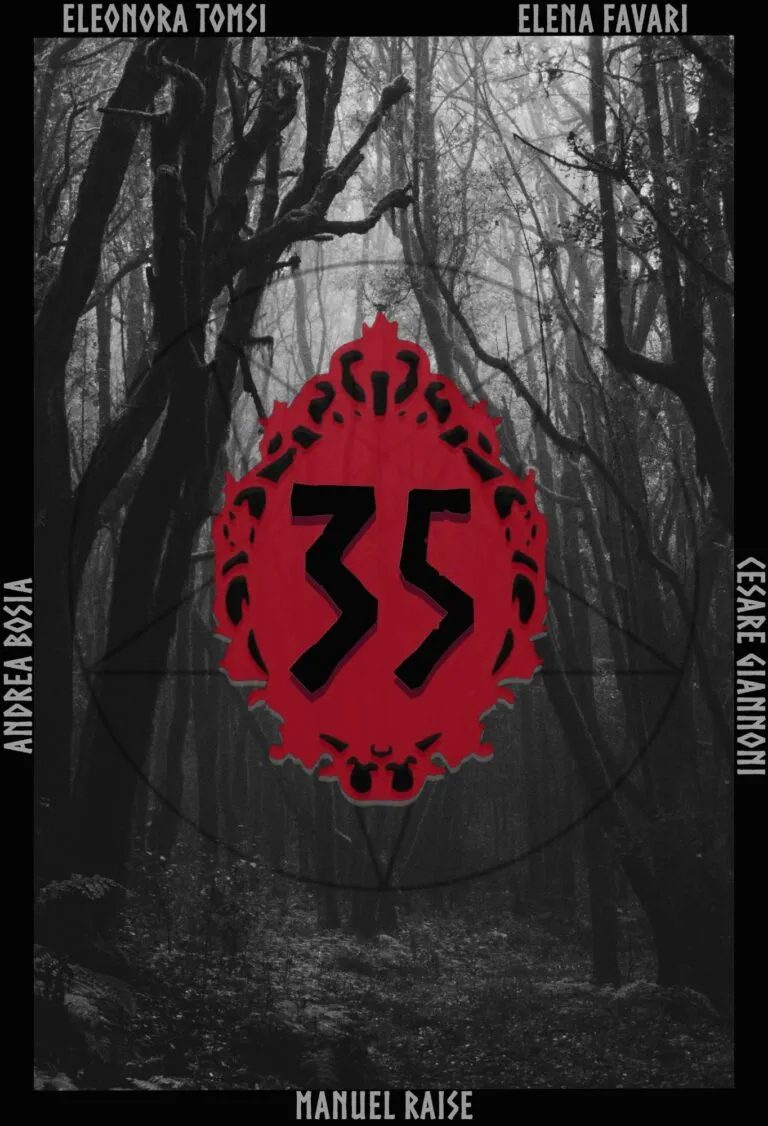William Mortensen and Gothic Surrealism: A Journey into the Fantastic Imagination
William Mortensen and Gothic Surrealism: A Journey into the Fantastic Imagination… a controversial and pioneering figure in the history of photography, charted a path that challenged the conventions of his time, embracing the surreal and the gothic to create a fantastic imagery that defies traditional categories. Born in 1897, Mortensen distinguished himself by rejecting the rules of “pure” photography, which aimed for realistic representation of reality, adopted by photographers like Ansel Adams and the members of the f/64 movement. Instead, Mortensen preferred to manipulate his images to create a dreamlike, terrifying, and often esoteric vision, drawing from an imaginary that uniquely and suggestively combined gothic and fantastic elements.
 Gothic Surrealism: Dark Visions and Aesthetics of the Beyond
Gothic Surrealism: Dark Visions and Aesthetics of the Beyond
Mortensen is remembered as a master of gothic surrealism, a style that combined dark, fantastic, and dreamlike elements, shaped through an aesthetic that evoked a world both unsettling and fascinating. In his works, the influence of literary and artistic gothic is palpable: crumbling castles, spectral figures, fatal beauties, and monstrous creatures populate his photographs, evoking atmospheres that seem to come from an Edgar Allan Poe gothic novel or the pages of an H.P. Lovecraft tale.
His images are characterized by a deliberate use of painterly techniques, such as soft focus, image overlaying, and print manipulation, which contribute to creating a sense of distortion and mystery. This style is clearly linked to the gothic tradition, which explores the tension between beauty and monstrosity, between order and chaos, often challenging conventional notions of what is acceptable or pleasing.
One of the distinctive traits of the gothic, which Mortensen fully embraced, is the concept of the “sublime” — a feeling that blends attraction and repulsion, beauty and terror. In his portraits, female figures appear enigmatic and sensual, immersed in settings that render them ethereal, almost timeless. They are creatures on the border between human and supernatural, enveloped in an aura of mystery that transforms them into gothic icons.
The Fantastic Imaginary: Between Myths and Legends
William Mortensen’s fantastic imaginary draws from a vast reservoir of myths, legends, and symbolism. His photographs evoke worlds that seem to come from parallel dimensions, where myth and folklore reign. He often drew upon archetypal figures of the monstrous and the demonic, bringing forth an aesthetic of the grotesque, the abnormal, and the supernatural. Mortensen did not seek to represent tangible reality but to offer a vision beyond reality, one that could explore the boundaries of human imagination.
In works like The Initiate and The Angel of Death, strong references to esoteric symbols and mythology can be observed. These images do not merely tell a visual story; they invite the viewer to explore the hidden side of the psyche and confront their deepest fears and desires. His representations of mythological figures, such as witches, demons, and legendary creatures, speak of a world where the fantastic is the language of the unconscious and the unknown.
 The Rebellion Against Modernism
The Rebellion Against Modernism
One reason Mortensen was often marginalized by the mainstream photography world relates to his profoundly anti-modernist vision. At a time when modernism promoted the idea that art should be functional, rational, and based on objective reality, Mortensen openly challenged such concepts. He argued that art should evoke emotions, mystery, and wonder, rather than merely documenting visible reality. For Mortensen, photography was not a means to capture what is, but to suggest what could be or what lies behind the veil of reality.
This led him to open conflict with influential figures in the photographic world, such as Ansel Adams, who harshly criticized his work, calling it artificial and unauthentic. Adams and other proponents of the f/64 movement believed that photography should be a sharp and unmanipulated representation of the natural world. In contrast, Mortensen embraced manipulation and retouching, viewing photography as an art form on par with painting, where technique was merely a means to express a deeper vision.
 The Legacy of William Mortensen
The Legacy of William Mortensen
Despite criticism and ostracism, Mortensen’s work has undergone a significant reevaluation in the decades following his death. With the rise of surrealist and conceptual photography, many artists and critics have recognized the value of his work and his pioneering role in exploring the boundaries between photography, art, and imagination. His influence is evident in many contemporary photographers who use visual manipulation to create fantastic and surreal worlds that challenge perceptions of reality.
Mortensen is now considered a precursor to many trends seen in contemporary visual art, such as photographic surrealism, gothic fashion photography, and the use of retouching to create images that transcend ordinary reality. His ability to combine gothic aesthetics and fantastic imagery paved the way for a new way of making photography, where visual narrative can be as dark as it is fascinating, as unsettling as it is seductive.
In conclusion, William Mortensen and Gothic Surrealism: A Journey into the Fantastic Imagination… an extraordinary example of how photography can be used to explore the boundaries between reality and dream, between the visible and the invisible. His work continues to inspire new artists and challenge conventions, demonstrating that art is, above all, a matter of personal vision and imagination.
Don’t miss also the Top 10 Cinematographers Who Defined Horror Cinema
 Subscribe to our YouTube channel
Subscribe to our YouTube channel
 Gothic Surrealism: Dark Visions and Aesthetics of the Beyond
Gothic Surrealism: Dark Visions and Aesthetics of the Beyond The Rebellion Against Modernism
The Rebellion Against Modernism The Legacy of William Mortensen
The Legacy of William Mortensen


